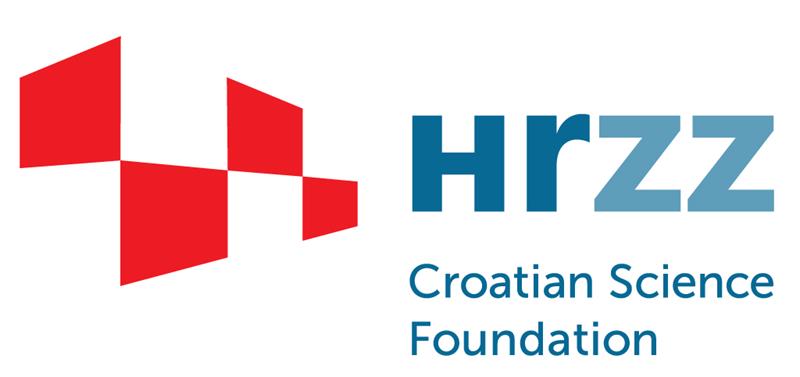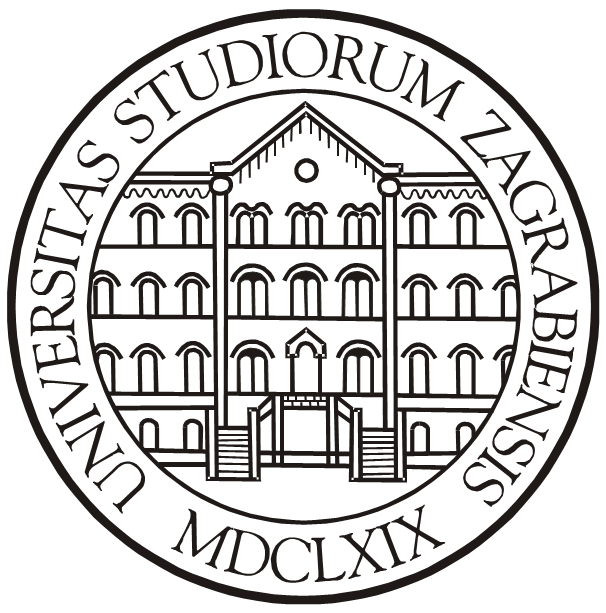
Microlocal defect tools in partial differential equations



Faculty of Science
Department of Mathematics
Bijenička cesta 30
10000 Zagreb
nenad at math.hr
Phone:
+385 1 460 5735 (Office)
+385 1 468 0335 (Fax)
Partial differential equations are certainly one of the most successful mathematical models for understanding various processes not only in continuum physics, but in other branches of sciences and engineering. While there is no general core theory of partial differential equations, a class of methods based on various notions of weak convergence has emerged, being applicable for solving large classes of partial differential equations as well as investigating other relevant questions, either intrinsic to this theory, or pertaining to its applications in other fields of science and technology.
Compactness by compensation and Young measures were the tools for better understanding of what happens on the limit developed almost half a century ago. Microlocal defect tools, like microlocal defect measures (H-measures), semiclassical measures, one-scale H-measures, H-distributions, and their variants, are the tools being developed recently for the same purpose. Their further development, and applications in the field of partial differential equations is the primal goal of the research within this project.
We shall study, in particular, the propagation of microlocal energy density of certain equations, as well as the well-posedness and numerical solutions of heterogeneous conservation laws with or without a stochastic forcing, for which certain variant of microlocal defect tools should be constructed and applied. Among all equations of our interest, there are also equations that change their type (e.g. due to a high heterogeneity of the permeability in transport processes), which cause particular difficulties.
Another way to study such equations is by re-writing them in the form of Friedrichs systems, a class of first order systems which encompasses most of the linear equations of mathematical physics, like classical elliptic, parabolic and hyperbolic equations, but also the equations that change their type. At the same time they are quite convenient for numerical analysis.